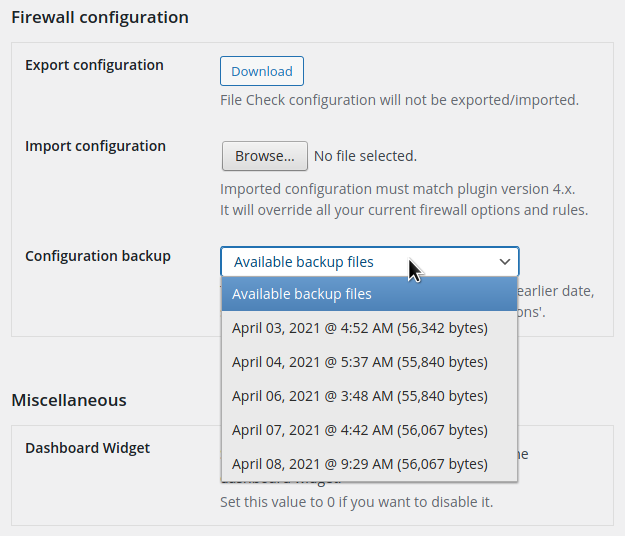

Namely: it inserts records into the database according to the XML doc’s content and meta definitions (author, publish date, status, tags, etc.). The processor parses through each line of the XML document and handles the data accordingly. Once uploaded, WordPress passes the XML file into a PHP processor script. The problem here is not with uploading the XML file. So I’m blaming it on this little gem right here. And I’ve dealt on more than one occasion with a list of imported pages whose parent/child relationships are all bonkers. Now, when you do get around to importing/creating page 20, that relationship should be restored right? Well, the truth is I don’t know. They SHOULD throw an error or at least warn you of the problem, but it’s rare and most people won’t care so they probably just didn’t bother. WordPress sees the invalid relationship and just skips right over it. Well, if you import a chunk that defines page 10 but cuts off before defining page 20, you’ll be telling WordPress to import/create page 10 and its parent is 20…but you haven’t imported 20 yet. Maybe you added a category-level landing page to list all sub-pages Whatever, just go with me on this.) Read that carefully: 20, the higher ID and newer page, is actually the parent of 10, the older page. For whatever reason, you created 20 after 10, but 20 is the parent of 10. Here’s the problem: if you have two pages in your site: Page ID #10 and Page ID #20. This one could be a deal-breaker for some. It might break your meta data/relationships But if you’ve got an hour or two and the patience of a saint, the tedium isn’t the end of the world. And, as far as I know, it can’t be automated (at least not by the average WordPress user). It’s a total pain to go through a 100,000-line file and break it into 5,000-line chunks. It has two drawbacks, one bigger than the other: it’s tedious and it might break your data’s relationships. Your data should import just fine, albeit in smaller installments. This time, import these smaller files that won’t take forever to parse. Repeat the Tools > Import > WordPress Import process you’re already familiar with.

Zero byte file wordpress download#
Download and inspect it in your favorite text editor. Here’s an example XML document I’ve edited to match the pattern above. If you have a problem, it’s probably because this step was done wrong. It’s a pain and it must be done properly. You will have to copy and paste these tags into the top and bottom of each file (or start with one file like this and paste your content into the middle). tags (plus the others described above) or the import will break. tags within your 5,000 lines―and in fact, you definitely should. Your 5,000-ish lines of content, starting with and ending with.Make sure your chunks follow this pattern: Every chunk has to start and end with the proper tags. Make sure chunks are properly formattedīack to that working knowledge of markup thing. However, the tag on the top line is very important. Wherever you see the tags, that’s where the content starts. The first 20-ish lines are all instructions. It must be a basic text editor like Notepad, etc. DO NOT USE MS WORD or any other “word processing” application. I prefer Coda or Sublime Text, but just about any will do. And it requires a working knowledge of XML (or HTML) markup. Hit the blue “Download Export File” button and save the XML file generated. In the WP-Admin area, find the Tools > Export menu item. If not, go to your old WordPress website. Follow these steps to import your WordPress XML data even if it’s failed in the past. Now onto the good stuff: If your WordPress import failed, here’s the solution. If you have any interest in digital marketing and SEO, you might like my SEO company in Central MA, Mxt Media.Ĭheck us out! I’d really appreciate your feedback. If you’re fighting with WordPress, you’re obviously smart and technical.


 0 kommentar(er)
0 kommentar(er)
